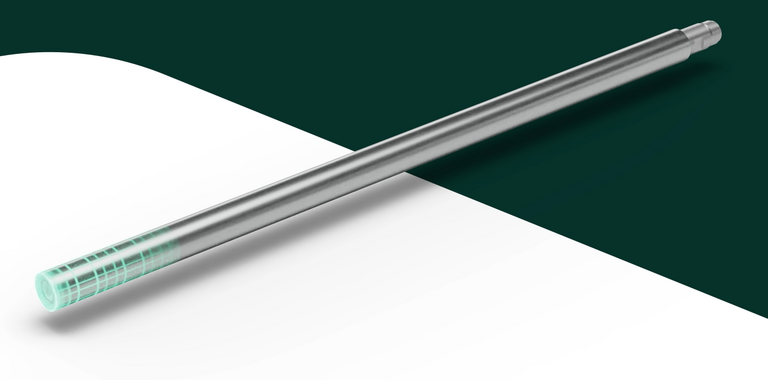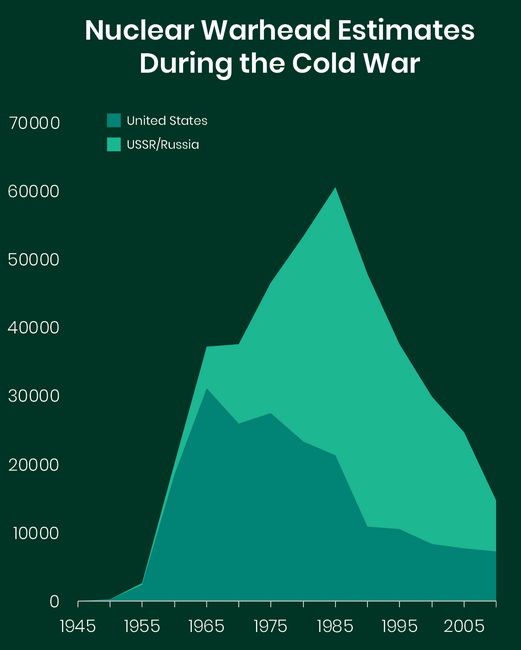
Helium-3 Supply Chain Challenge: Perception vs Reality
This is an excerpt from our whitepaper 'Helium-3 Gas Supply for Neutron Detectors in Homeland Security and Nuclear Safeguards Applications'
Traditionally, Helium-3 (³He) gas has been produced as a byproduct of U.S. and Soviet/Russian nuclear weapons programs. Tritium, an isotope of Hydrogen, is a key component of modern nuclear warheads. Over time (12.4 years for 50% decay), Tritium decays into ³He gas. That gas was collected and stockpiled by the U.S. government over decades during the cold war between the U.S. and U.S.S.R. Tritium production, and thus ³He production, scaled with the nuclear stockpile over those decades.
Reductions in weapons stockpiles following adoption of nuclear weapons reduction treaties, beginning with the Intermediate-Range Nuclear Forces Treaty in 1989 and up to the new START treaty in 2010, resulted in significant reductions in Tritium, and thus ³He production.
The perception of a ³He supply crisis is the result of decreased ³He production and a period of increased consumption for Homeland Security radiation portal monitors.

Well, where's the gas?!
The Department of Energy (DOE) once sold ³He through auctions to private corporations. As shown below, sporadic auctions of more than 1,000 liters were offered to the market until 2014. 70% of the ³He sold to Reuter-Stokes in 2008 was controlled by the National Nuclear Security Administration (NNSA) for the Second Line of Defense (SLD) program.

The sudden reduction of the ³He stockpile led to a dramatic increase in cost and decrease in availability of the gas. The impact to the supply chain was immediate, as a shock to the system drove the price to all-time highs.
However, there is over 120,000 liters of ³He gas contained in existing Reuter-Stokes detectors that can be reclaimed and recycled for upgrading next generation Radiation Portal Monitors and other homeland security applications.
Beyond detector recycling, the market has adapted to optimize the production of ³He gas without relying on the weapons program's surplus.
Today, Reuter-Stokes still maintains the position as the world's leading consumer of Helium-3 gas. We have secured a multi-year strategic supply chain commitment through commercial producers to ensure a reliable supply of ³He for years to come.
